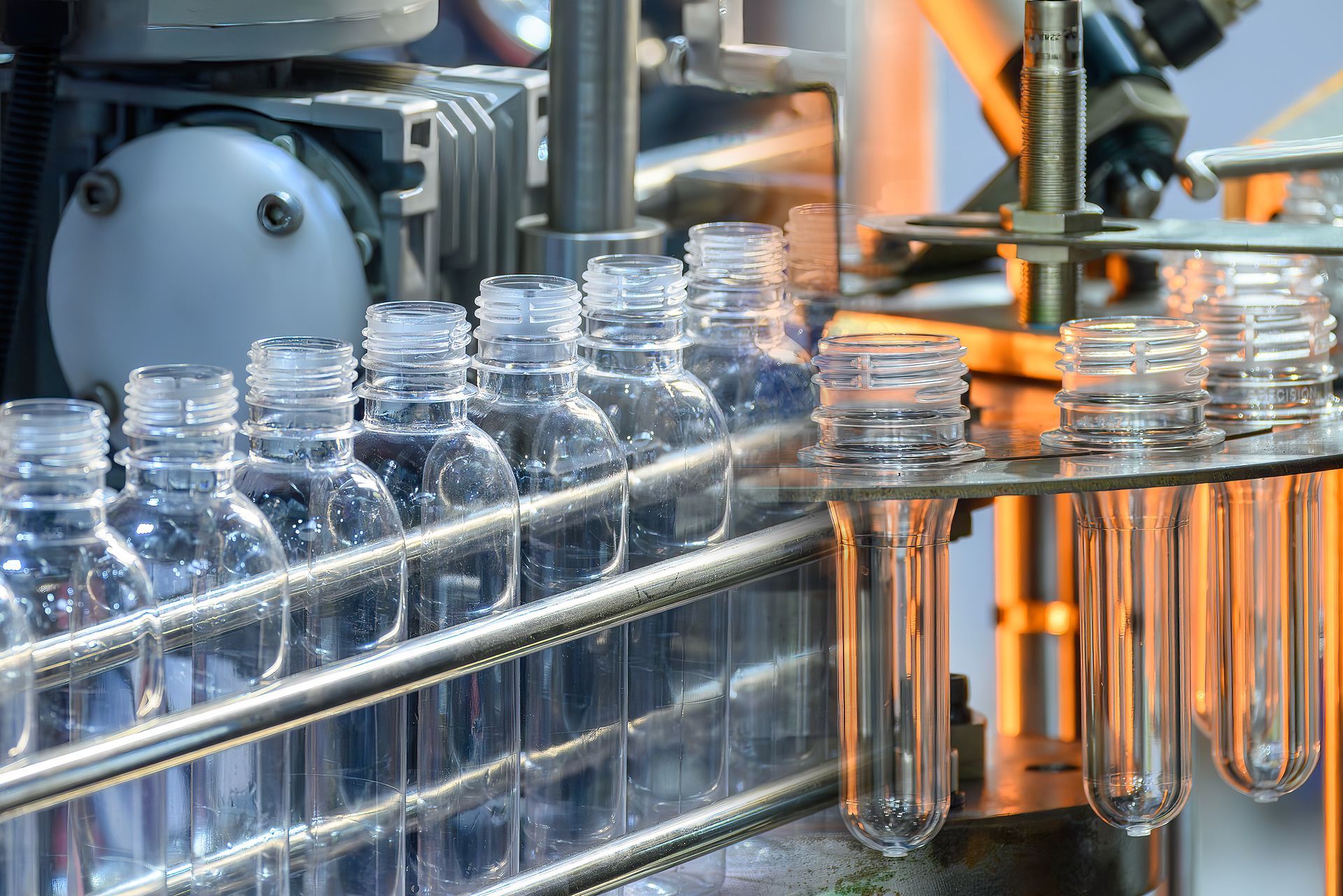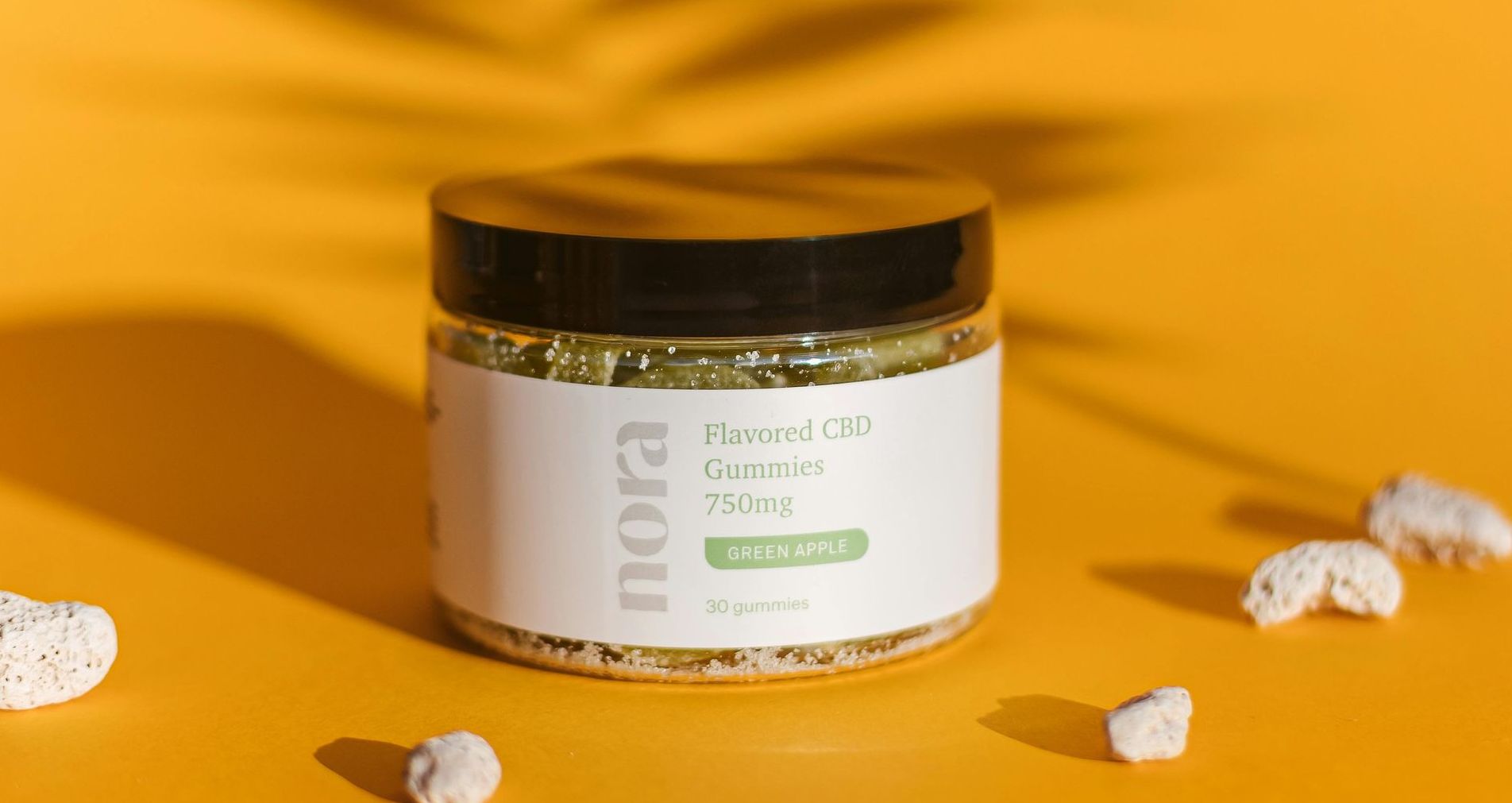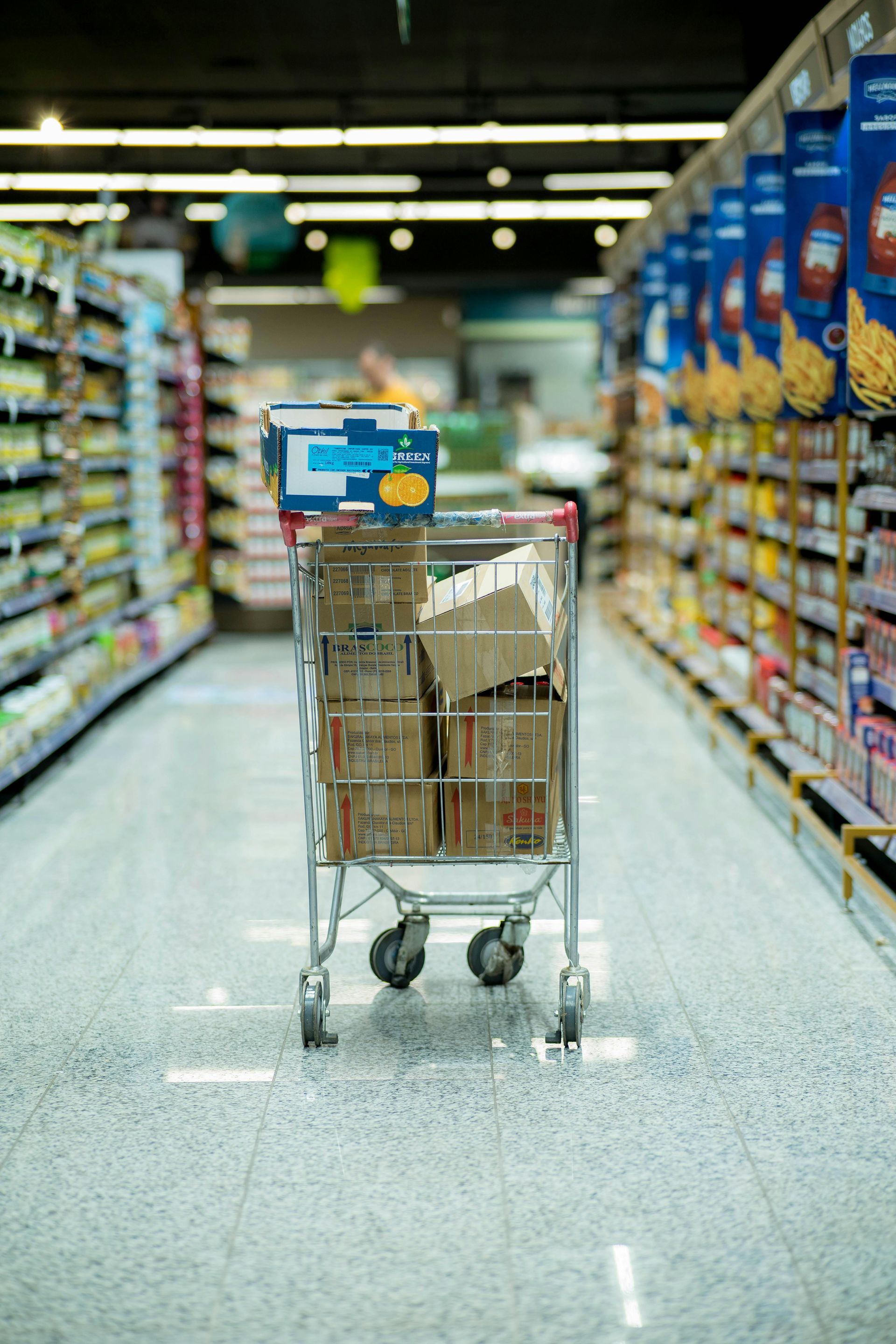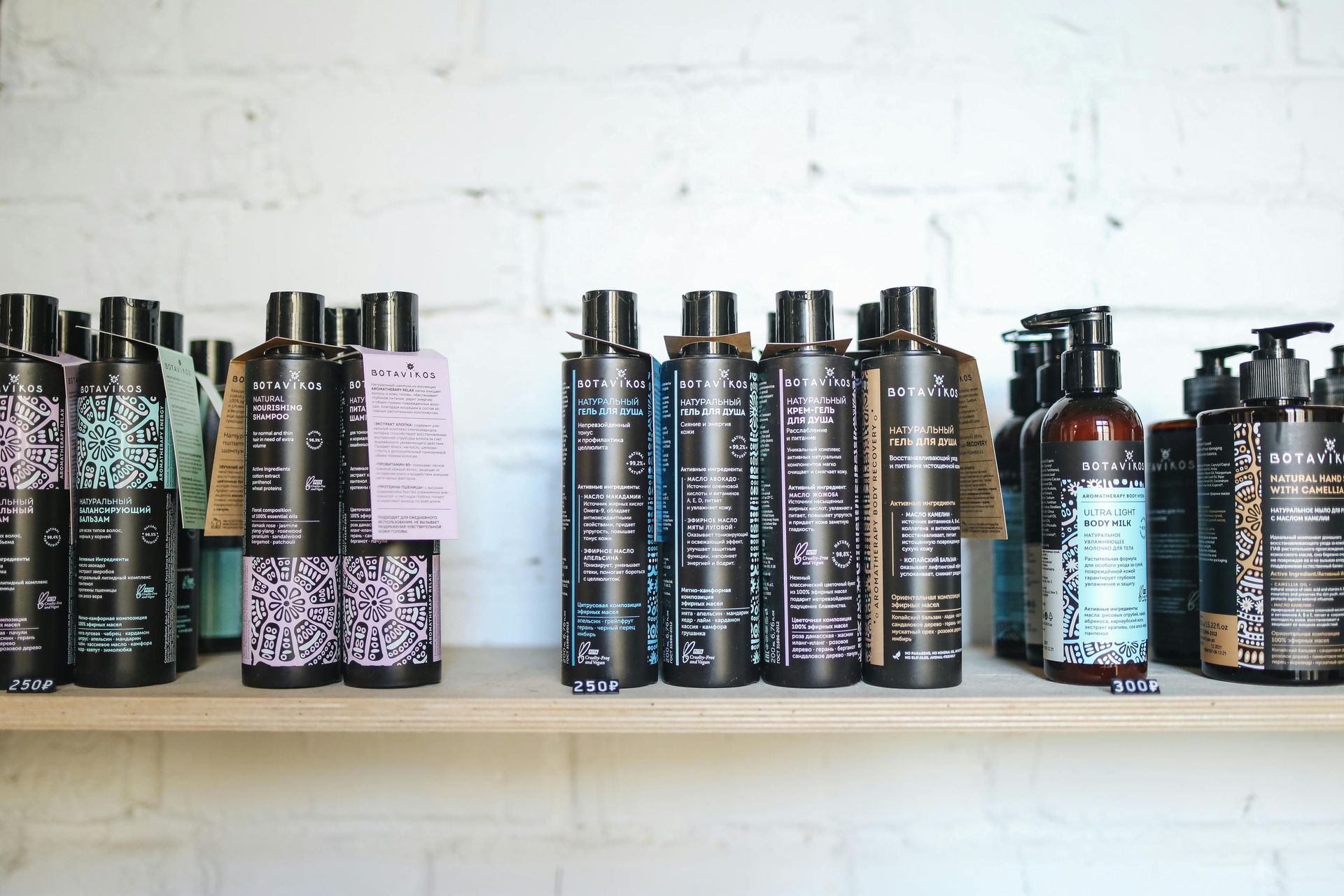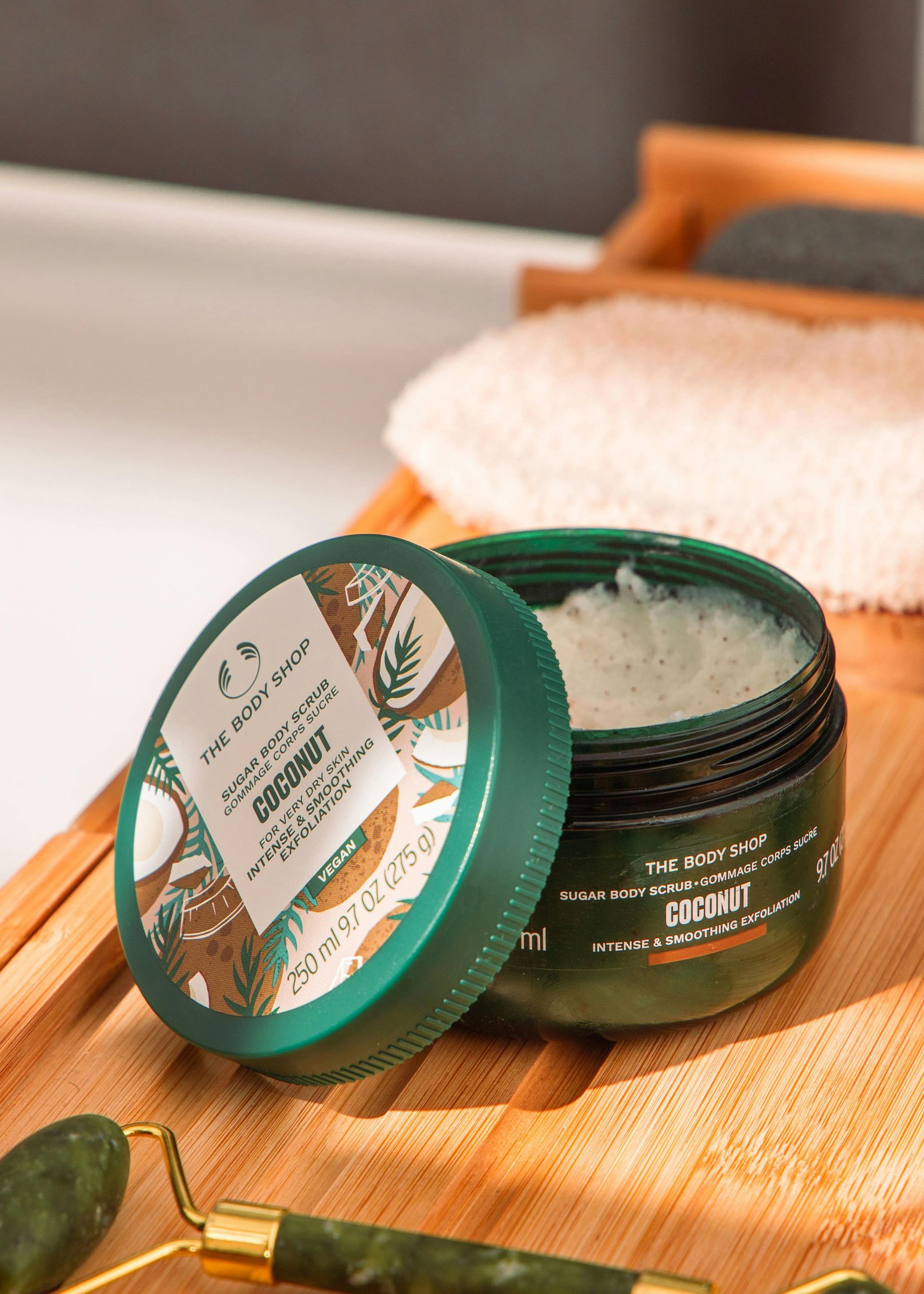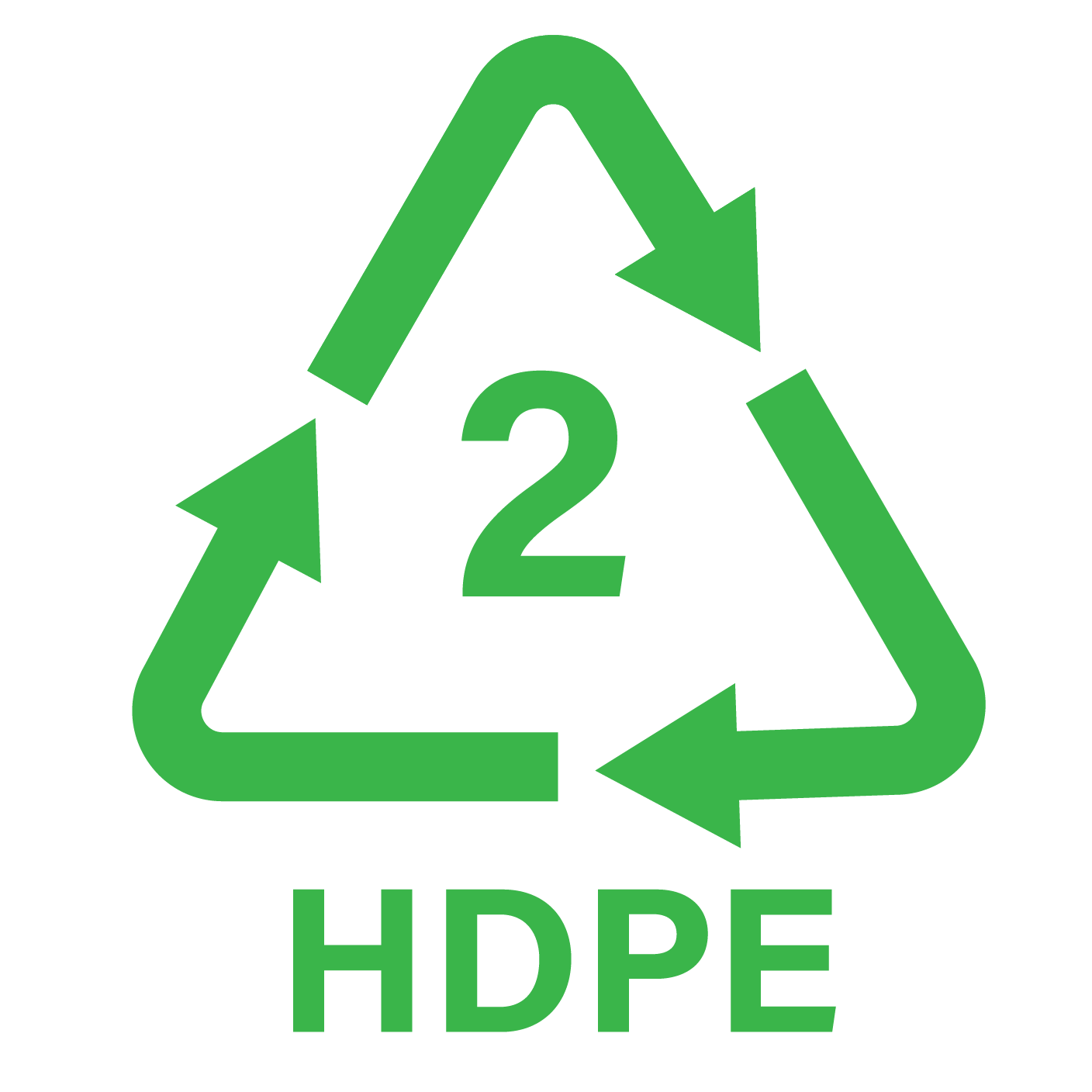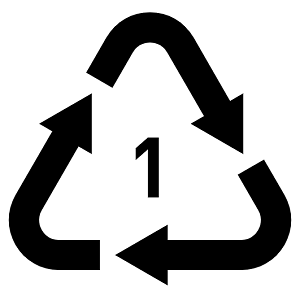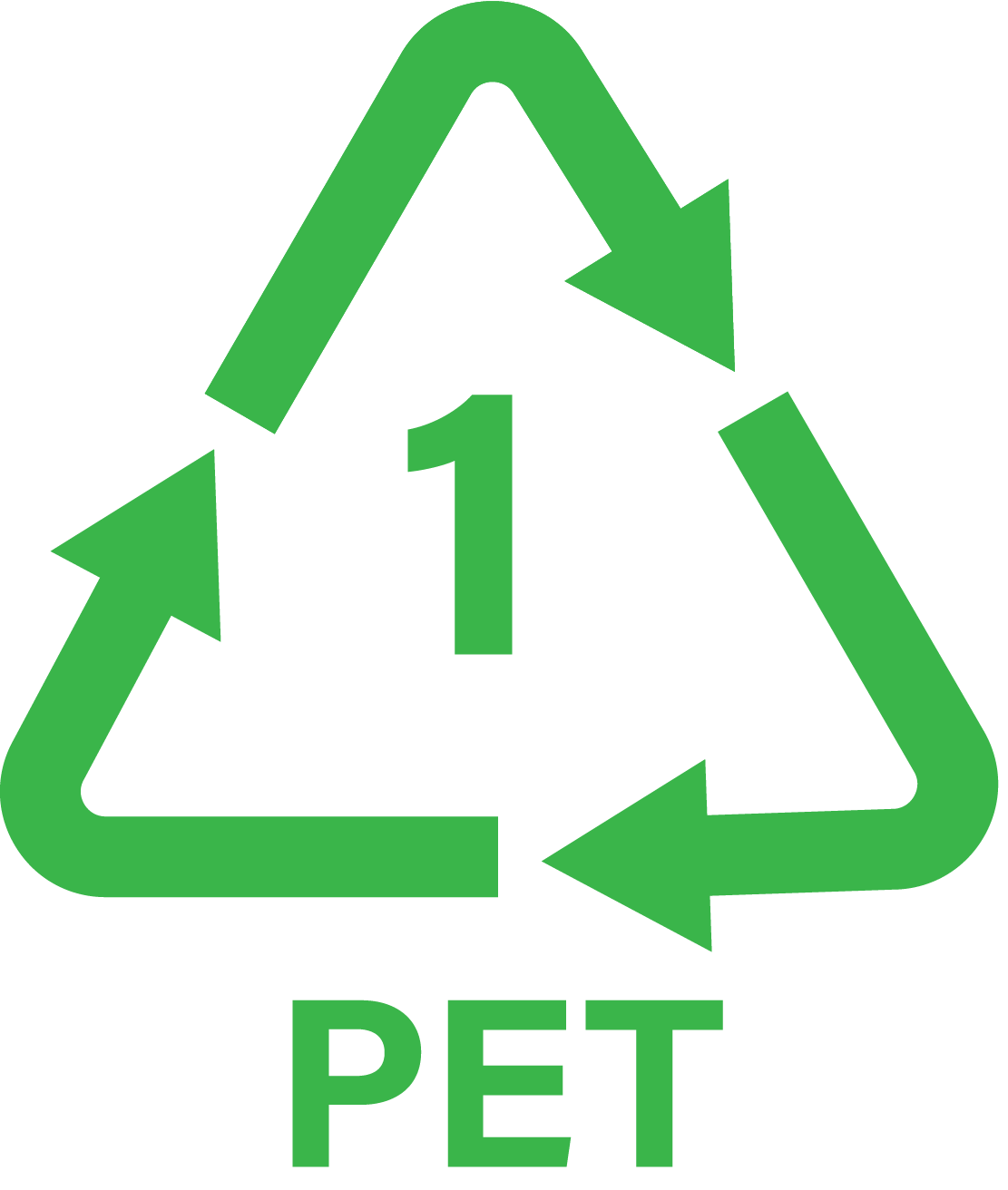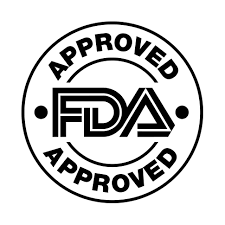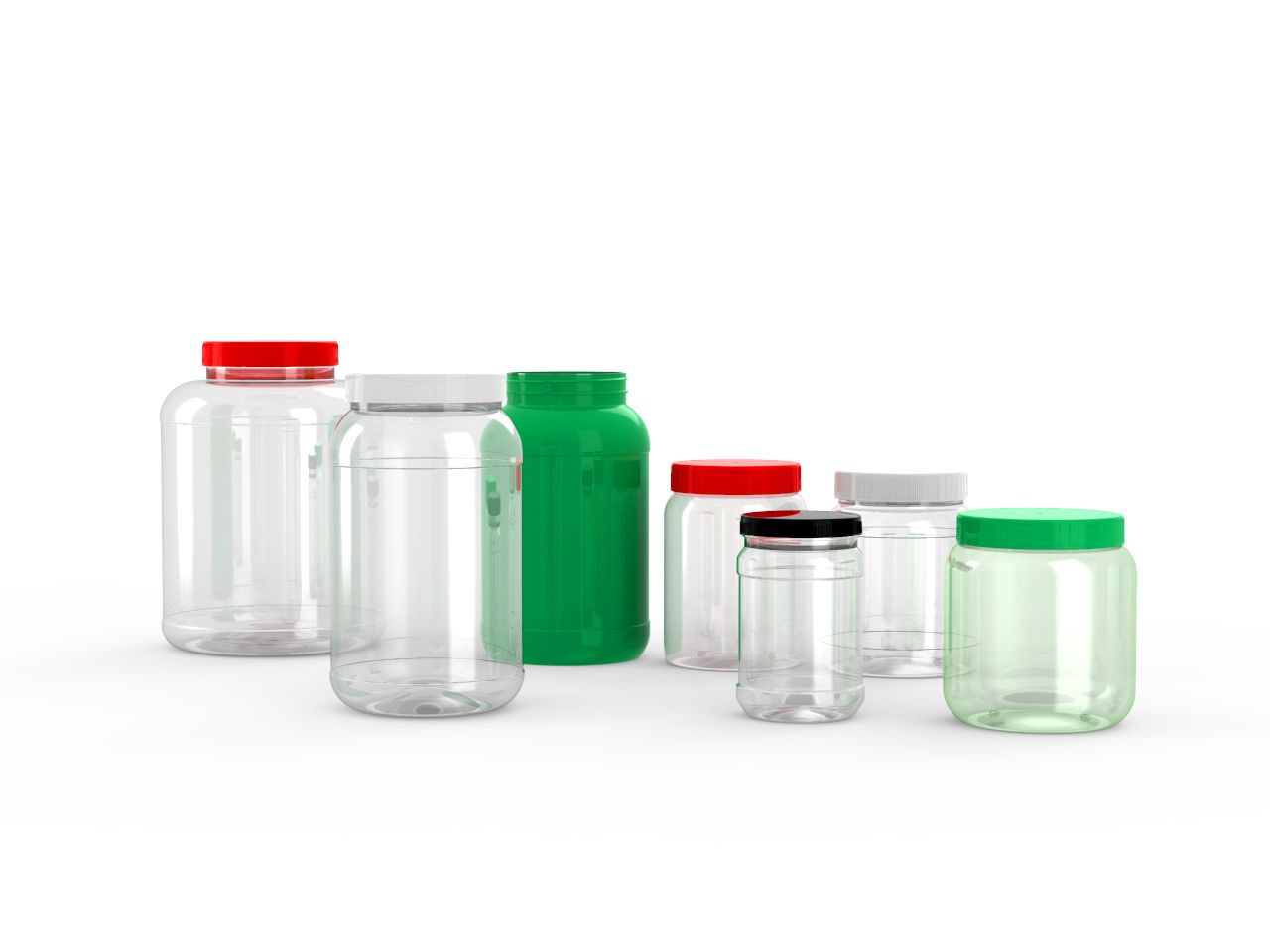Evolving Trends in Plastic Water and Juice Bottle Packaging
Evolving Trends in PET and rPET Preform Packaging
The PET bottle and preform packaging industry is undergoing significant changes. As consumer concerns about plastic waste grow and regulatory scrutiny increases, sustainability and innovation have become essential priorities.
PET is known for being clear, strong, and recyclable. It is still widely used, but now there is more focus on how it affects the environment. Recycled PET (rPET) is gaining prominence as a key material, promoting a more circular approach by decreasing dependence on virgin plastics and reducing environmental impact.
Packaging engineers are focused on creating solutions that effectively balance strength, performance, and sustainability. Developments in light-weighting, refillable systems, and enhanced recycling processes are influencing the future of PET packaging.
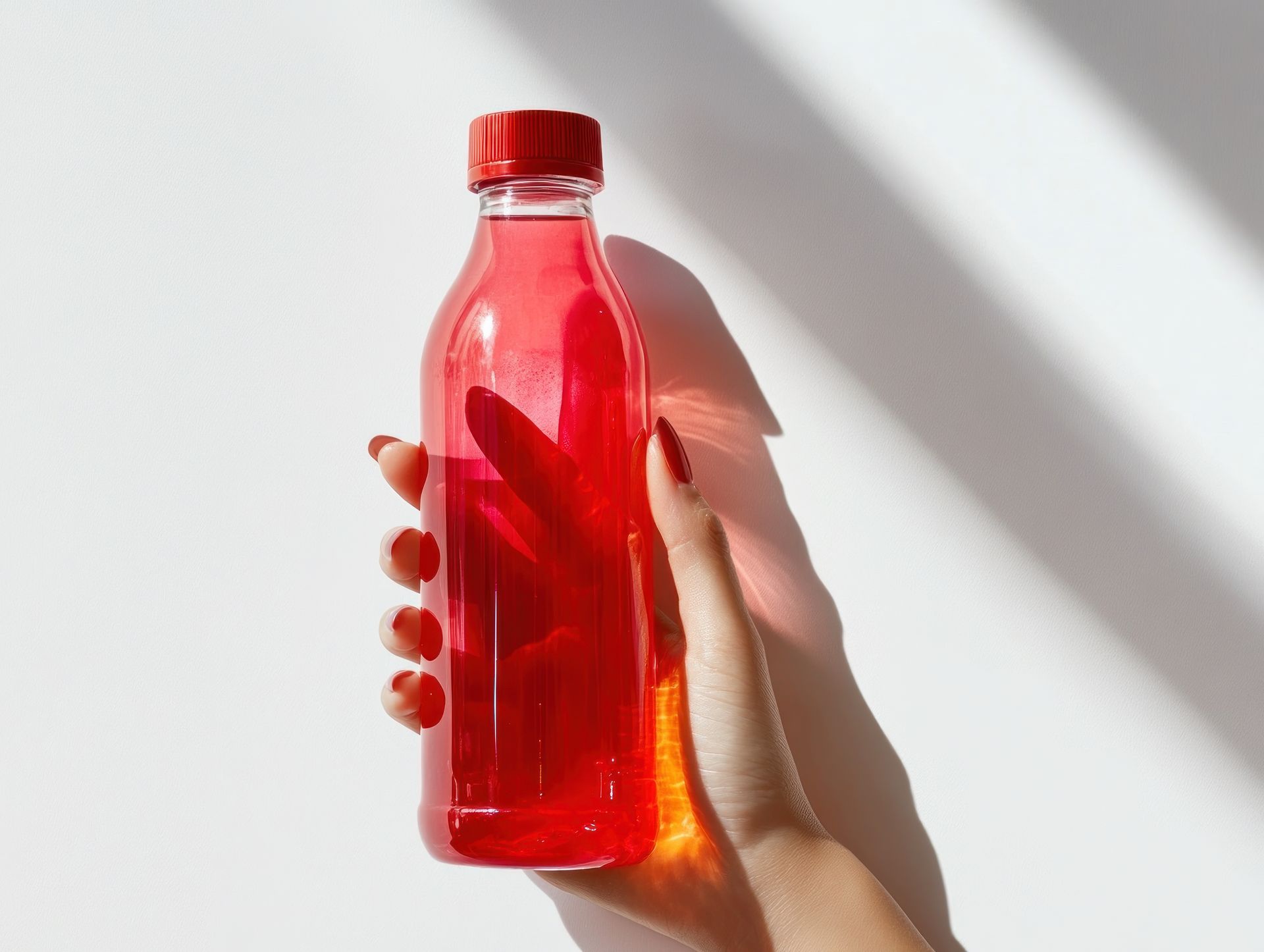
Sustainability: A Core Expectation in PET Packaging
Sustainability has evolved from a trend into an industry standard. Consumers are increasingly supporting brands that demonstrate environmental responsibility, particularly through the materials they use.
Key Sustainability Strategies in PET:
- Incorporating higher rPET content
- Reducing material use via lightweighting
- Designing for improved recyclability
These efforts help companies meet both environmental and compliance goals. Collaboration across the PET value chain—between resin producers, preform manufacturers, bottlers, and recyclers—is vital to accelerating progress.
Navigating Regulatory Pressures
Governments worldwide are tightening regulations around plastic packaging. The PET sector must adapt quickly to stay ahead of policy changes that demand:
Key Regulatory Developments:
- Minimum thresholds for rPET content
- Penalties on virgin plastic usage
- Extended producer responsibility (EPR) schemes
In response, companies are investing in rPET processing technologies and reevaluating their supply chains. The regulatory landscape is driving innovation and encouraging more sustainable material use across the board.
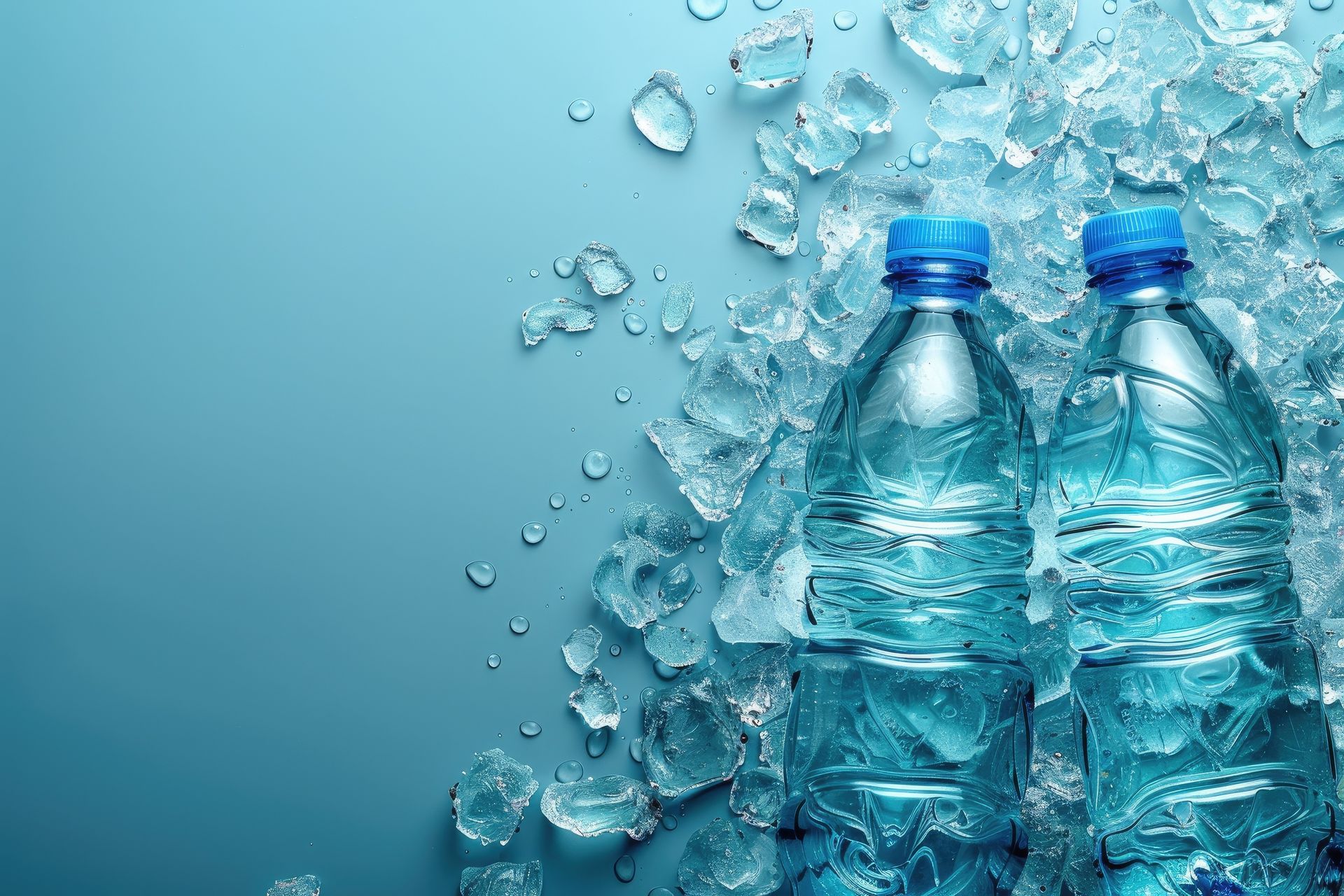
Advancing rPET Integration and Circularity
rPET is fast becoming the material of choice for forward-looking packaging strategies. Technological advancements are enabling better quality, consistency, and scalability of recycled content.
Innovations Supporting rPET Integration:
- Chemical recycling for food-grade rPET
- Optical sorting for cleaner input streams
- Closed-loop recycling partnerships
This integration supports circular economy goals and meets consumer expectations for transparency and environmental responsibility. However, consistent access to quality feedstock remains a challenge, requiring improved collection and sorting infrastructure.
Lightweighting and Preform Optimization
Lightweighting is a powerful way to reduce the environmental footprint of PET packaging. By redesigning preforms and bottles to use less material without compromising strength, companies can achieve significant sustainability gains.
Benefits of Lightweighting:
- Lower resin usage per unit
- Reduced emissions during production and transport
- Enhanced efficiency across the supply chain
Advancements in material science and simulation tools are enabling preform engineers to push the limits of what’s possible, reducing plastic without sacrificing product protection or functionality.
Refillable and Closed-Loop PET Systems
Refillable PET bottles and closed-loop recycling systems are becoming more viable at scale. These approaches extend the lifecycle of bottles and reduce dependency on single-use formats.
Elements of Refillable and Closed-Loop Systems:
- Durable preform designs for multiple uses
- Consumer incentives to return used bottles
- On-site or regional collection and washing infrastructure
These models help brands lower waste, reduce costs in the long term, and foster stronger customer relationships by aligning with environmental values.
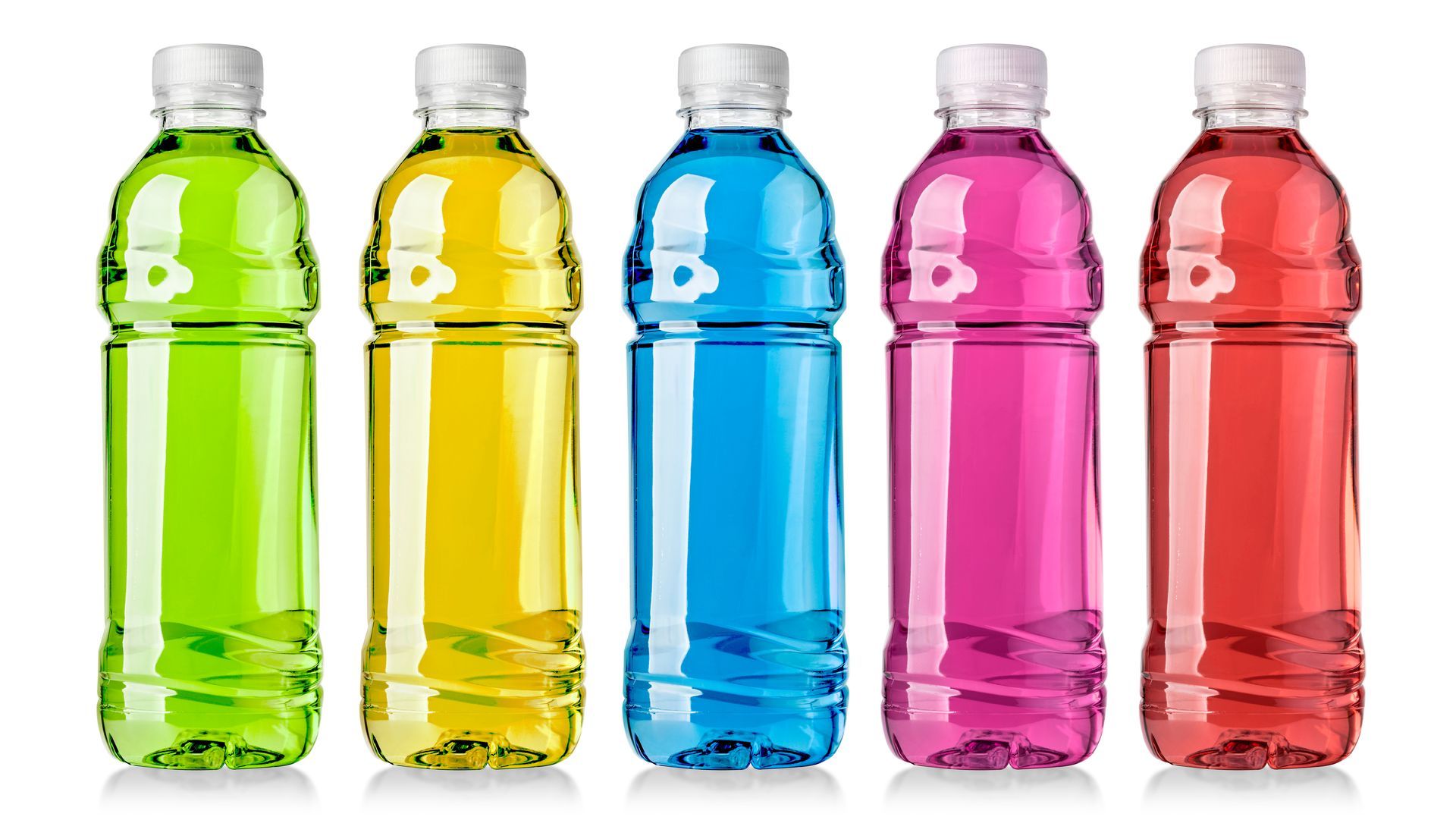
The Road Ahead for PET Packaging
The PET and rPET packaging sector is undergoing meaningful transformation. Innovations in design, recycling, and supply chain management are driving progress toward a more sustainable future.
Packaging engineers and brand leaders are at the heart of this change—responsible for integrating smarter materials, adapting to regulations, and leading the shift to a circular packaging economy.
By staying agile and committed to sustainability, PET will continue to be a core material in eco-conscious packaging strategies well into the future.


